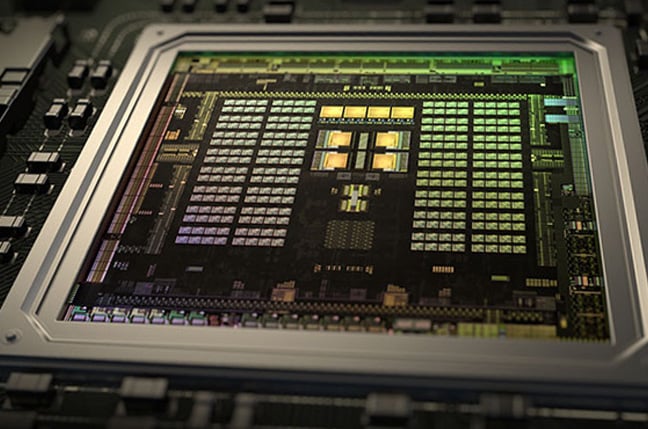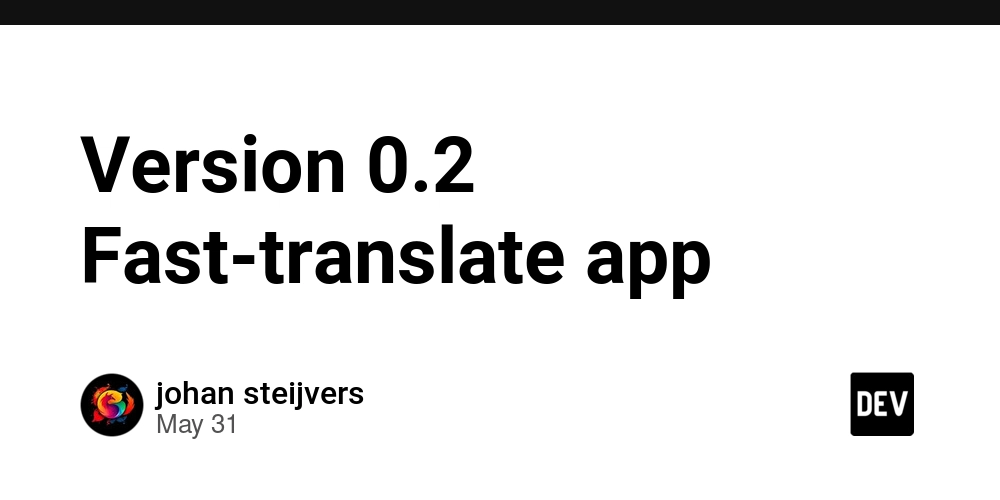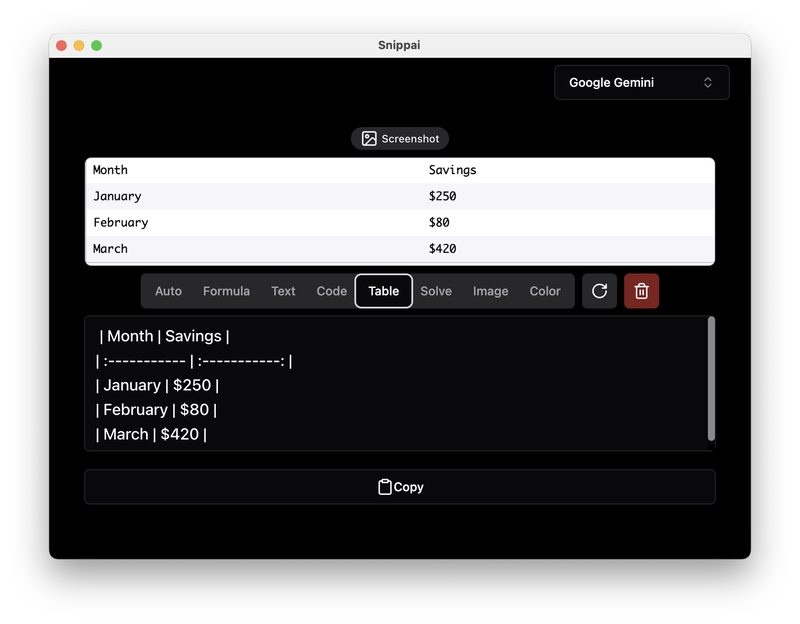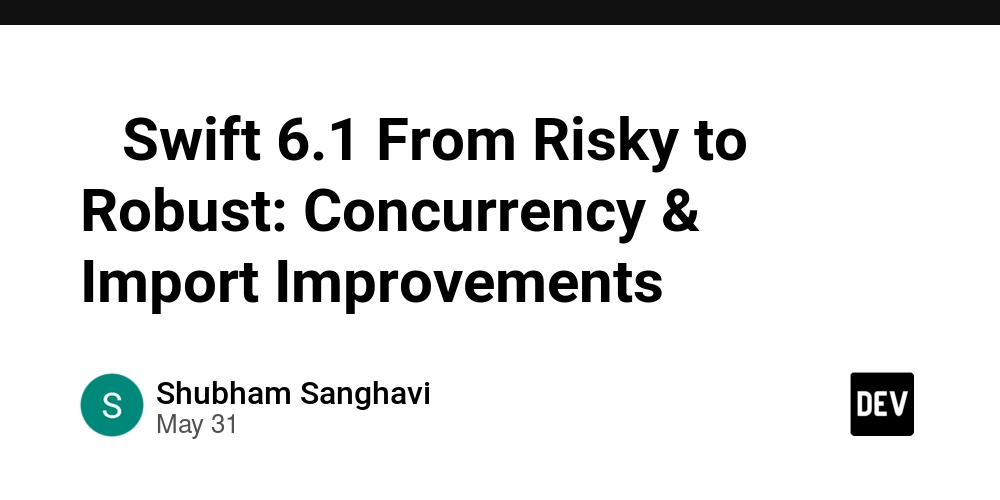Speed Without the Stress: How AI Is Rewriting DevOps
Software development requires new products to be created and delivered at warp speed, with no interruptions in continuous delivery. As the backbone of modern software teams, DevOps answers the call. However, demand is intensifying, and cracks are beginning to show. Burnout is rampant, observability tools are overwhelming teams with noise, and the promise of developer […] The post Speed Without the Stress: How AI Is Rewriting DevOps appeared first on Unite.AI.


Software development requires new products to be created and delivered at warp speed, with no interruptions in continuous delivery. As the backbone of modern software teams, DevOps answers the call. However, demand is intensifying, and cracks are beginning to show. Burnout is rampant, observability tools are overwhelming teams with noise, and the promise of developer velocity often feels like empty marketing hype.
Fortunately, artificial intelligence is stepping in to lend DevOps a hand. Its blend of speed, insight, and simplicity is the key that will turn the tide.
What most companies get wrong about observability
Ask any DevOps engineer about observability, and you’ll hear about dashboards, logs, traces, and metrics. Companies often pride themselves on “tracking everything,” building complex monitoring stacks that spew out endless streams of data.
But here’s the problem: observability is not about how much data you collect. Instead, it’s about understanding the story behind the data.
A home can have 10 security cameras, but if none of them point toward the front door, you may miss an intruder. Unfortunately, this is a situation many teams find themselves in: drowning in metrics but still unable to pinpoint the root cause of a problem. Observability is supposed to simplify decisions, not complicate them.
What’s missing is context.
Observability tools should connect the dots, helping teams understand what matters and, most importantly, why it’s happening. For example, instead of just showing that CPU usage is spiking, they should explain whether that’s due to new deployments, traffic patterns, or failing upstream services. If your team needs a PhD in data science to make sense of your monitoring stack, you’ve missed the point. The best tools guide you toward actionable insights that have a direct impact on your business.
AI is pivotal here. It’s helping DevOps teams cut through the noise by providing rich, contextual analysis of system behavior. Instead of forcing engineers to sift through mountains of raw data, AI surfaces anomalies, correlates events, and even suggests remedies. This shift is about more than saving time. It’s about empowering engineers to focus on solving problems rather than hunting for them.
Why DevOps teams are burning out
DevOps was supposed to be the key to harmonizing development and operations, but for many teams, it has turned into a Herculean task. DevOps engineers are expected to wear too many hats between shipping code, scaling infrastructure, patching security vulnerabilities, responding to alerts at 2 AM, and optimizing velocity — all while maintaining flawless uptime.
Rather than one job, it has become five jobs rolled into one. The result? Burnout.
DevOps teams are constantly caught in firefighting mode, rushing to put out one blaze after another while knowing another is just around the corner. But this reactive culture kills creativity, motivation, and long-term thinking. Being perpetually on call drags down both individual employees and the entire team’s ability to innovate and grow.
Part of the problem lies in how organizations approach DevOps. Instead of designing systems that can manage themselves, they rely on engineers as human Band-Aids, patching poor architecture and handling repetitive work that should have been automated long ago. This “people-first” approach to system reliability is unsustainable.
AI offers a way out. By automating noise-heavy tasks like alert resolution, anomaly detection, and log correlation, AI can shoulder the grunt work that currently drains human energy.
Instead of waking up engineers at 2:00 AM for false positives, AI can filter alerts and only escalate those that truly matter, empowering teams to move from reactive firefighting to proactive system improvements. In short, AI doesn’t replace DevOps but lightens the load, giving engineers the breathing room they need to excel.
How AI can lighten the load
The idea of infrastructure that “maintains itself” has long been a dream for DevOps. With AI, it’s becoming a reality. AI is essentially the assistant every DevOps engineer wishes they had, offering three key benefits: real-time anomaly detection, predictive failure modeling, and automated resolution and suggestions.
With real-time anomaly detection, AI can flag issues as soon as they arise, going beyond the typical “alert fatigue” that many teams experience. By analyzing patterns and baselines, AI knows what’s normal and what’s problematic, resulting in fewer false positives and faster detection of real threats.
Thanks to predictive failure modeling, AI can detect today’s issues and predict tomorrow’s. By analyzing historical trends, AI can anticipate problems such as resource exhaustion or traffic bottlenecks and suggest solutions before they escalate.
Finally, automated resolution and suggestions enable AI to go beyond alerts and take action. For example, if a service crashes due to memory limits, an AI-powered tool might automatically scale it up. Or it might recommend fixes, offering engineers a starting point rather than leaving them to troubleshoot blindly.
The beauty of AI in DevOps is that it doesn’t try to replace the engineers. It amplifies them. Imagine spending less time scrolling through logs and more time designing systems that move the business forward. That’s the promise AI delivers.
Increasing developer velocity without sacrificing security or quality
Velocity has become the holy grail for development teams. Companies want to release faster, iterate quicker, and delight customers sooner, but speed without guardrails can lead to chaos due to poor quality products, security risks, and frustrated users. So, how can businesses increase velocity without inviting disaster?
The secret lies in removing friction, not cutting corners. Velocity is less about rushing and more about streamlining processes and eliminating blockers.
Instead of waiting for a QA cycle to catch bugs, automated systems can test every piece of code before it’s merged. AI can even detect patterns in failed builds, surfacing actionable feedback to developers early.
Security shouldn’t be an afterthought, slapped onto the pipeline at the end. AI-powered tools can integrate dynamic security testing into every stage of development, catching vulnerabilities before they reach production.
Developers shouldn’t need a dozen approvals to deploy their code. AI can enforce guardrails, ensuring that what’s shipped is safe and well-tested without burdening teams with manual checks.
By letting AI handle repetitive tasks and ensuring quality, engineering teams gain the autonomy to move fast without compromising value. Velocity is about building systems where speed and stability work together in harmony.
With AI, engineers are no longer buried in logs or waking up for avoidable outages. They’re architects, designing systems that learn, self-heal, and scale autonomously. Instead of getting drowned out in noise, they’re working on meaningful improvements that drive business outcomes. AI makes DevOps faster and revives the human touch.
Rather than a sprint, the future of DevOps is a steady, sustainable journey toward smarter systems. And with AI clearing the path, teams can finally embrace speed without the stress.
After all, technology should empower us, not exhaust us.
The post Speed Without the Stress: How AI Is Rewriting DevOps appeared first on Unite.AI.














































































































































































![[The AI Show Episode 150]: AI Answers: AI Roadmaps, Which Tools to Use, Making the Case for AI, Training, and Building GPTs](https://www.marketingaiinstitute.com/hubfs/ep%20150%20cover.png)
![[The AI Show Episode 149]: Google I/O, Claude 4, White Collar Jobs Automated in 5 Years, Jony Ive Joins OpenAI, and AI’s Impact on the Environment](https://www.marketingaiinstitute.com/hubfs/ep%20149%20cover.png)

























































































































![[FREE EBOOKS] Solutions Architect’s Handbook, The Embedded Linux Security Handbook & Four More Best Selling Titles](https://www.javacodegeeks.com/wp-content/uploads/2012/12/jcg-logo.jpg)




![How to Survive in Tech When Everything's Changing w/ 21-year Veteran Dev Joe Attardi [Podcast #174]](https://cdn.hashnode.com/res/hashnode/image/upload/v1748483423794/0848ad8d-1381-474f-94ea-a196ad4723a4.png?#)







































































































































_ArtemisDiana_Alamy.jpg?width=1280&auto=webp&quality=80&disable=upscale#)











































































































![Sonos Father's Day Sale: Save Up to 26% on Arc Ultra, Ace, Move 2, and More [Deal]](https://www.iclarified.com/images/news/97469/97469/97469-640.jpg)


![Apple 15-inch M4 MacBook Air On Sale for $1023.86 [Lowest Price Ever]](https://www.iclarified.com/images/news/97468/97468/97468-640.jpg)
































































